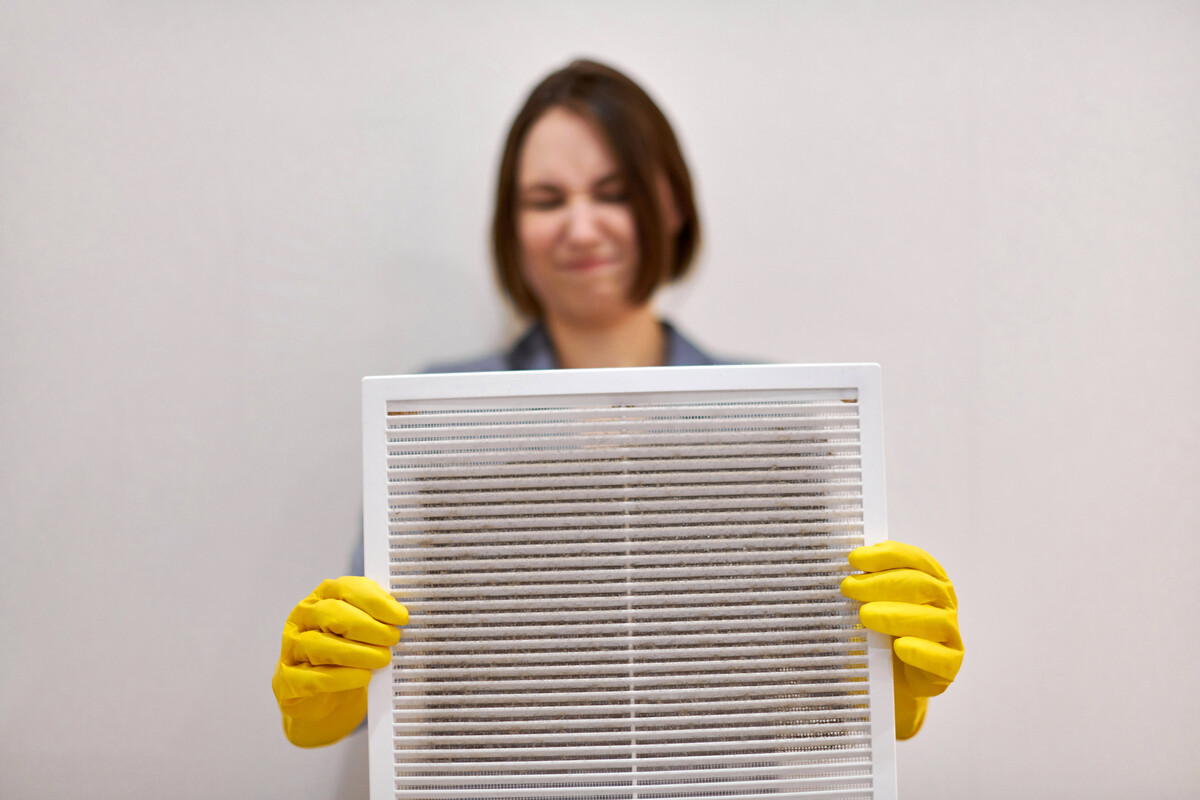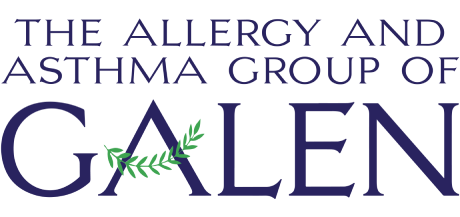
Living with allergies or asthma can be challenging, especially when it comes to breathing in clean air. That's why air filters are critical in improving indoor air quality and reducing allergy and asthma symptoms. However, cleaning your air filters regularly is essential to maximize their effectiveness. This article will explore why regular cleaning is necessary and how to clean your air filters.
How Air Filters Work
Before discussing the importance of regular cleaning, it's important to understand how air filters work. There are different types of air filters, including mechanical filters, electrostatic filters, and HEPA filter.
These filters capture and trap airborne particles such as dust, pollen, pet dander, other allergens, and pollutants like smoke, bacteria, and viruses.
Why Regular Cleaning is Necessary
Air filters capture and trap pollutants, but they become clogged with their trapped particles over time. When the filter becomes clogged, it can't capture new pollutants effectively, and they can circulate back into the air you breathe. This can significantly negatively impact indoor air quality, particularly for people with allergies and asthma.
Dirty air filters can trigger allergy and asthma symptoms, including coughing, wheezing, and shortness of breath. It can also cause headaches, fatigue, and other respiratory problems. Regularly changing or cleaning your air filters is essential to ensure they're working effectively.
How to Clean Air Filters
The process of cleaning air filters depends on your filter type. Generally, mechanical filters, such as pleated filters, should be replaced every three months. In contrast, electrostatic filters can be cleaned every month. On the other hand, HEPA filters can last up to a year, but it's still important to check them regularly for signs of wear and tear.
Here's a step-by-step guide on how to clean your air filters:
- Turn off your HVAC system and unplug the unit.
- Locate the air filter and remove it from the unit.
- Shake the filter gently to remove any loose debris.
- Use a vacuum cleaner to remove any remaining debris, starting with the intake side of the filter and working your way through the other side.
- Rinse the filter with water, but avoid using hot water, which can damage the filter.
- Allow the filter to dry completely before reinstalling it.
In summary, air filters improve indoor air quality and reduce allergy and asthma symptoms. However, to maximize their effectiveness, cleaning them regularly is essential. Dirty air filters can cause pollutants to circulate back into the air you breathe, which can trigger allergy and asthma symptoms. Following the steps outlined in this article ensures that your air filters are clean and working effectively. Remember, clean air filters lead to healthier air and happier breathing for everyone in your home.
At The Allergy and Asthma Group of Galen, our board-certified physicians can guide you through making the decision to start your treatment option today. Call our office at (423) 499-4100 to make an appointment with our specialists today!

